-
 bitcoin
bitcoin $122288.232522 USD
0.16% -
 ethereum
ethereum $4480.662914 USD
-0.22% -
 xrp
xrp $2.962747 USD
-2.32% -
 tether
tether $1.000120 USD
-0.05% -
 bnb
bnb $1145.654223 USD
-2.07% -
 solana
solana $227.105217 USD
-1.67% -
 usd-coin
usd-coin $0.999548 USD
-0.02% -
 dogecoin
dogecoin $0.250875 USD
-2.04% -
 tron
tron $0.340654 USD
-0.49% -
 cardano
cardano $0.837968 USD
-2.52% -
 hyperliquid
hyperliquid $48.960449 USD
0.06% -
 chainlink
chainlink $22.049280 USD
-1.33% -
 ethena-usde
ethena-usde $1.000404 USD
0.02% -
 sui
sui $3.586212 USD
0.20% -
 avalanche
avalanche $29.894916 USD
-4.18%
How do I adjust my Coinbase Wallet gas fee settings? How do I protect Coinbase Wallet from phishing attacks?
Adjust gas fees in Coinbase Wallet by selecting Low, Medium, or High priority—or set custom Gwei and gas limit—when sending ETH or tokens.
Sep 28, 2025 at 11:00 am
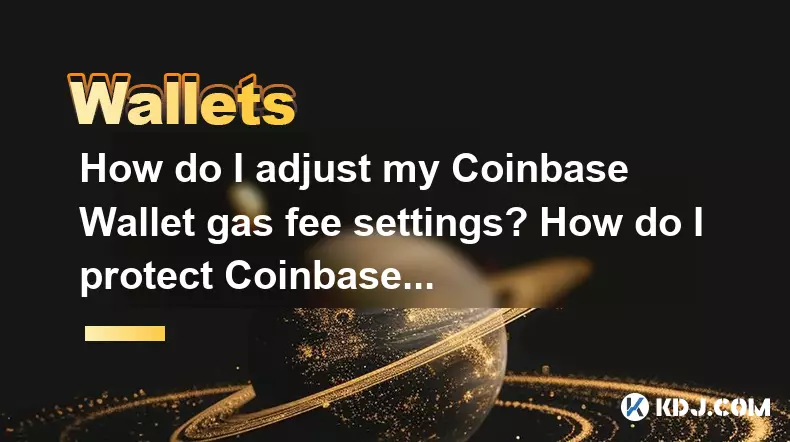
How to Adjust Gas Fee Settings in Coinbase Wallet
1. Open the Coinbase Wallet app on your mobile device and ensure you are logged in securely.
- Navigate to the 'Send' feature, where you prepare a transaction for any Ethereum-based token or ETH itself.
- After entering the recipient address and amount, you will see an option labeled 'Network Fee' or 'Gas Settings'.
- Tap on this section to reveal adjustable gas fee options: Low, Medium, and High priority levels.
- Selecting 'Low' reduces transaction costs but may delay confirmation during network congestion, while 'High' expedites processing at a higher cost.
- For advanced control, choose 'Custom' if available, allowing manual input of gas price (in Gwei) and gas limit based on current network conditions.
- Confirm your selection and proceed to sign the transaction using your wallet’s authentication method.
Protecting Your Coinbase Wallet from Phishing Attacks
1. Always download the official Coinbase Wallet app only from trusted sources like the Apple App Store or Google Play Store.
- Be cautious of links sent via email, social media, or messaging apps that claim to be from Coinbase; these could lead to fake login pages designed to steal your recovery phrase.Never share your 12-word recovery phrase with anyone, not even someone claiming to be customer support.
- Enable two-factor authentication (2FA) within the app settings to add an extra layer of account protection.
- Regularly review connected websites and dApps through the 'Connected Sites' section in the wallet and disconnect any unfamiliar or unused services.
- Verify website URLs carefully—phishing sites often mimic legitimate domains with slight misspellings such as 'Coinbase-wallet.com' instead of the real 'wallet.coinbase.com'.Bookmark the official Coinbase Wallet website to avoid accidental navigation to counterfeit versions.
Recognizing Suspicious Activity in Decentralized Transactions
1. Monitor outgoing transactions closely, especially when interacting with new decentralized applications (dApps).
- If a dApp requests permission to spend more tokens than intended, it could indicate malicious intent; always review allowance amounts before approving.
- Watch for unexpected token approvals appearing in your transaction history, which might signal unauthorized access.
- Use blockchain explorers like Etherscan to verify the destination addresses of your transactions match the intended recipients.
- Install reputable security tools or browser extensions that flag known scam contracts and phishing domains when connecting your wallet online.
Frequently Asked Questions
What should I do if I accidentally approve a malicious token contract?Revoke the token approval immediately using a contract revocation tool like revoke.cash or the built-in feature in some wallet interfaces. This stops the contract from accessing your funds further.
Can hackers access my Coinbase Wallet without my recovery phrase?Direct theft of funds is unlikely without the recovery phrase. However, attackers can exploit session access on compromised devices or trick users into signing malicious transactions through phishing dApps.
Is it safe to use Coinbase Wallet on public Wi-Fi networks?Using public Wi-Fi increases exposure to man-in-the-middle attacks. Avoid conducting sensitive operations like sending funds or connecting to dApps unless using a secure connection such as a trusted VPN.
Why does my transaction fail even after setting a high gas fee?Transaction failure can occur due to insufficient gas limits, smart contract errors, or network-specific issues. Double-check the gas limit and ensure the receiving contract is active and compatible with the token being sent.
Disclaimer:info@kdj.com
The information provided is not trading advice. kdj.com does not assume any responsibility for any investments made based on the information provided in this article. Cryptocurrencies are highly volatile and it is highly recommended that you invest with caution after thorough research!
If you believe that the content used on this website infringes your copyright, please contact us immediately (info@kdj.com) and we will delete it promptly.
- BlockDAG, DOGE, HYPE Sponsorship: Crypto Trends Shaping 2025
- 2025-10-01 00:25:13
- Deutsche Börse and Circle: A StableCoin Adoption Powerhouse in Europe
- 2025-10-01 00:25:13
- BlockDAG's Presale Buzz: Is It the Crypto to Watch in October 2025?
- 2025-10-01 00:30:13
- Bitcoin, Crypto, and IQ: When Genius Meets Digital Gold?
- 2025-10-01 00:30:13
- Stablecoins, American Innovation, and Wallet Tokens: The Next Frontier
- 2025-10-01 00:35:12
- NBU, Coins, and Crypto in Ukraine: A New Yorker's Take
- 2025-10-01 00:45:14
Related knowledge
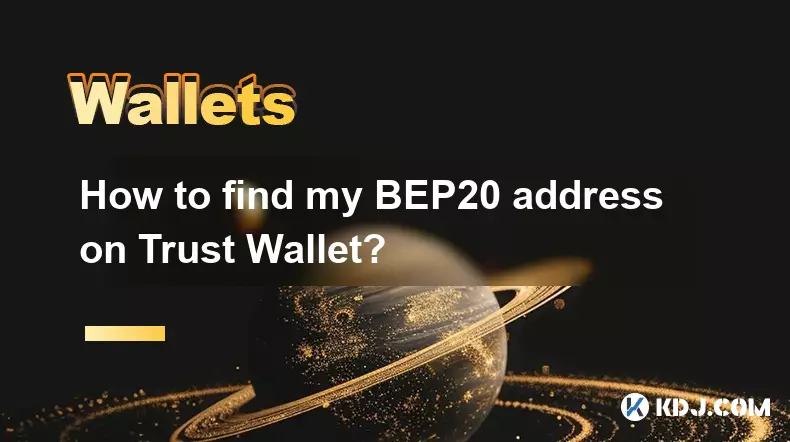
How to find my BEP20 address on Trust Wallet?
Oct 04,2025 at 06:19pm
Understanding BEP20 and Trust Wallet Compatibility1. Trust Wallet is a widely used cryptocurrency wallet that supports multiple blockchain networks, i...
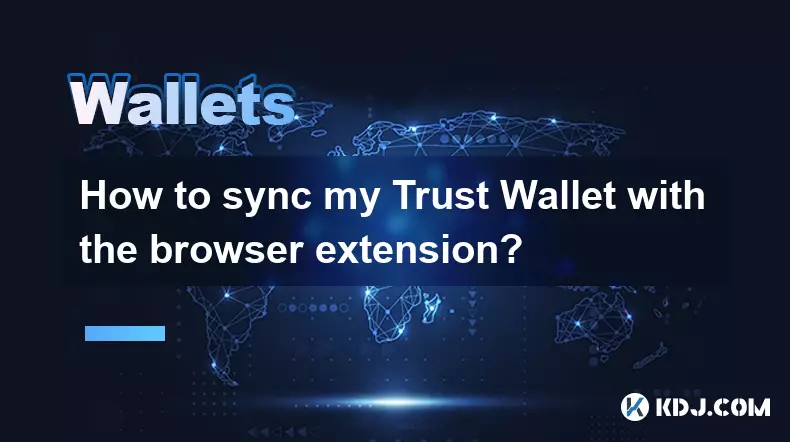
How to sync my Trust Wallet with the browser extension?
Oct 03,2025 at 06:19pm
Understanding Trust Wallet and Browser Extension IntegrationTrust Wallet is a popular non-custodial cryptocurrency wallet that supports a wide range o...
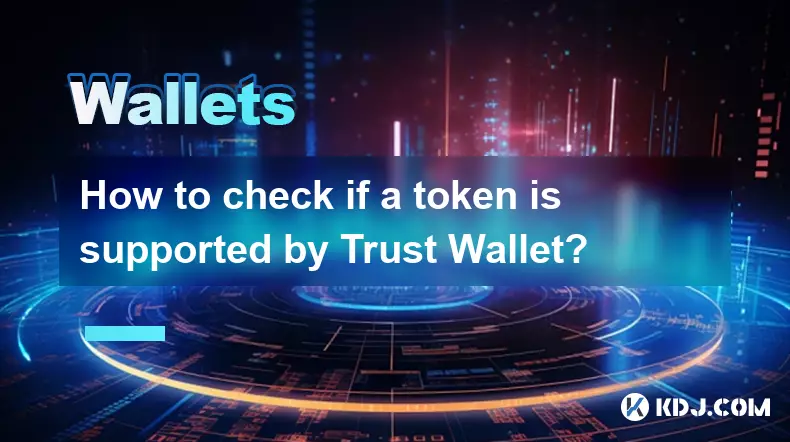
How to check if a token is supported by Trust Wallet?
Oct 04,2025 at 05:18am
Understanding Token Compatibility with Trust Wallet1. Trust Wallet supports a wide range of blockchain networks, including Ethereum, Binance Smart Cha...

How to get the Trust Wallet browser extension?
Oct 01,2025 at 12:37am
How to Access the Trust Wallet Browser Extension1. Visit the official Trust Wallet website through a secure internet connection. Navigate to the downl...

How to interact with a DApp using Trust Wallet?
Oct 02,2025 at 10:00pm
Connecting Trust Wallet to a DApp1. Open the Trust Wallet app on your mobile device and ensure your wallet is unlocked with access to your assets. Nav...
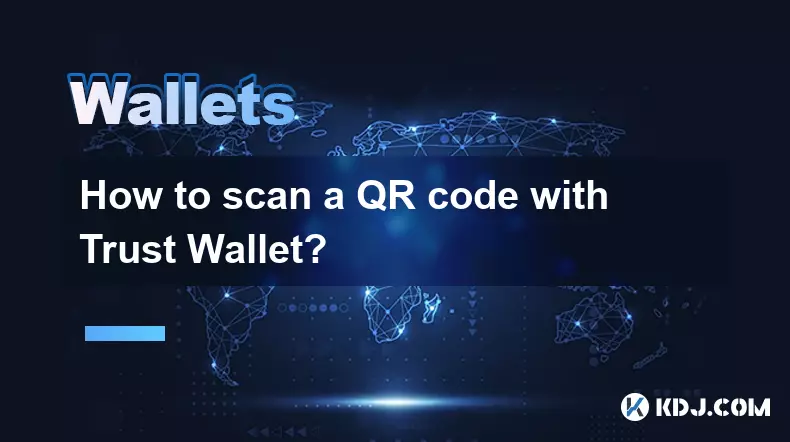
How to scan a QR code with Trust Wallet?
Oct 02,2025 at 03:37pm
Understanding QR Codes in Trust Wallet1. QR codes are widely used in cryptocurrency applications to simplify transaction processes. Trust Wallet lever...

How to find my BEP20 address on Trust Wallet?
Oct 04,2025 at 06:19pm
Understanding BEP20 and Trust Wallet Compatibility1. Trust Wallet is a widely used cryptocurrency wallet that supports multiple blockchain networks, i...

How to sync my Trust Wallet with the browser extension?
Oct 03,2025 at 06:19pm
Understanding Trust Wallet and Browser Extension IntegrationTrust Wallet is a popular non-custodial cryptocurrency wallet that supports a wide range o...

How to check if a token is supported by Trust Wallet?
Oct 04,2025 at 05:18am
Understanding Token Compatibility with Trust Wallet1. Trust Wallet supports a wide range of blockchain networks, including Ethereum, Binance Smart Cha...

How to get the Trust Wallet browser extension?
Oct 01,2025 at 12:37am
How to Access the Trust Wallet Browser Extension1. Visit the official Trust Wallet website through a secure internet connection. Navigate to the downl...

How to interact with a DApp using Trust Wallet?
Oct 02,2025 at 10:00pm
Connecting Trust Wallet to a DApp1. Open the Trust Wallet app on your mobile device and ensure your wallet is unlocked with access to your assets. Nav...

How to scan a QR code with Trust Wallet?
Oct 02,2025 at 03:37pm
Understanding QR Codes in Trust Wallet1. QR codes are widely used in cryptocurrency applications to simplify transaction processes. Trust Wallet lever...
See all articles










































































